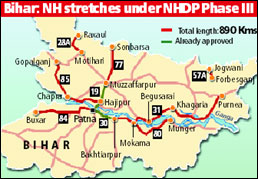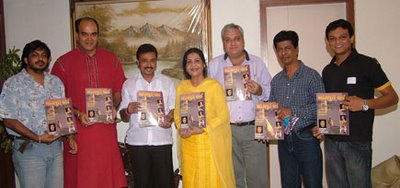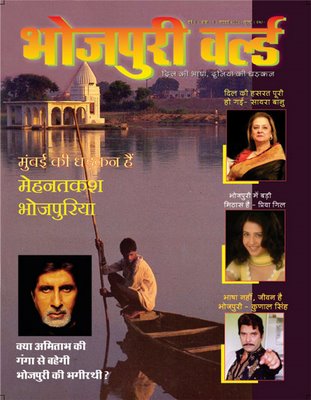Interdisciplinary interaction could work the magic to re-establish an age-old academic institutionNK SINGH, JESSICA S WALLACK
Talk of the renaissance of Nalanda is gathering momentum. Plans for the university have been discussed at high-level meetings between China and India, India and Japan, and most recently at a multi-country interaction in Singapore which had President Abdul Kalam participating via teleconference, sharing his views and vision for the Nalanda of tomorrow. The university would have been on the agenda of the postponed Pan Asia Summit at Cebu.
The debate went truly ‘international’ last week when Nalanda and its potential became the centerpiece of a lengthy New York Times and International Herald Tribune editorial by the former Dean of the Yale School of Management Jeffrey Garten. Concrete actions for the university’s rebirth are also underway. The government of Bihar has a bill under consideration that provides for governance by an international body. Land is being acquired, and resources raised.
But what is the modern reincarnation of Nalanda? Agreement on this vision is an essential first step for the strategy to build an institution that attracts the right group of scholars, students, advisors, and others as well as fosters research.
Discussion has centered so far on the re-birth of the university’s Buddhist heritage. I have discussed this in an earlier piece as well. To reiterate my main point: Buddhism, as understood today, is as much a philosophy and a way of life as a religion. It takes many forms across countries, and is known for its non-exclusionary, peaceful, integrative ideals. An open, non-discriminatory university is very much in line with this tradition.
The university’s history as a crossroads of science and humanities is equally significant: Nalanda was the hub of a knowledge network that we have yet to recreate for the modern era. The old divisions were by geography. Nalanda overcame distance by bringing together a physical community of thousands of researchers and students from Korea, Japan, China, Tibet, Indonesia, Persia, and Turkey among other countries, according to Wikipedia. Its campus, an architectural masterpiece, was one of the first to have dormitories—fostering a community spirit.
Dormitories and a physical presence are no longer enough. The new divisions in knowledge are by academic discipline, economic opportunity, and culture. Geography is no longer such a significant factor.
The new Nalanda must be interdisciplinary, as also an innovation hub that explicitly engages academics, industry and policymakers and encourages them to put minds together on research programmes directed by questions from NGOs, social groups and policymakers. Garten’s editorial emphasized the importance of Nalanda as a center of academic excellence. But an innovation hub is more than a university or training facility. We must go beyond conventional definitions of excellence (publications and so on).
This is a unique historical opportunity to make a greenfield investment in a new kind of academic-industry-society cluster to promote innovation for smart growth, problem-driven research, and a holistic approach to development questions. How can this be achieved? Basically, it requires creating a funding structure and a communications infrastructure to encourage interdisciplinary research and knowledge sharing across academic and social divides. And so, even before the physical site is ready. We must encourage people to begin research projects, develop applications for their academic findings, and think about pressing social problems.
The first step would be to create a Nalanda Board, composed of internationally diverse academics and policymakers, as well as social and corporate leaders. This board would determine the goals and priorities, identify opportunities for collaborative work on broad social problems such energy security, environmental sustainability, international peace, poverty reduction, lessening of inequality and other pressing development issues, and interface with donors and sponsors.
Several mechanisms could then be added to this core governing body. First, a virtual clearing house for problems and solutions that would serve as the point of contact for policymakers, NGOs, companies and so on. This group could then identify the appropriate resources in the participating countries’ academic systems. This would solve an important information asymmetry that hinders collaboration today.
Second, a network of centres that takes advantage of existing research capacity around the world and directs it toward specific goals. Member institutions would provide information about their faculty and other available resources to a central place to facilitate joint research projects. Ongoing collaborative projects could be brought in here.
Both of these mechanisms would encourage a wide set of specific projects, driven by individuals, and directed by dispersed knowledge. The community—the eventual goal—will emerge from these projects. Existing innovation hubs such as the Silicon Valley cluster, the San Diego UCSD–biotech–IT cluster, the North Carolina “research triangle”, to name a few existing clusters, grew organically. The Nalanda project would be a way to jumpstart something similar.
Nalanda conjures nostalgia about a golden period in Indian history. To make this relevant for contemporary challenges, we must think beyond the past, out of the box, looking to the future. We must incubate an innovation hub.







